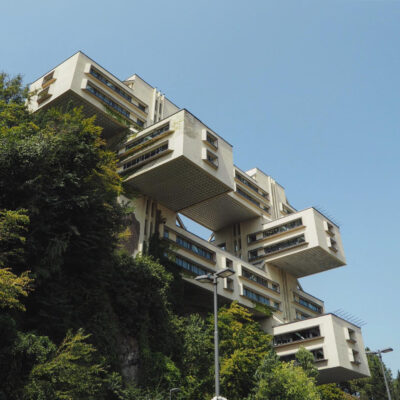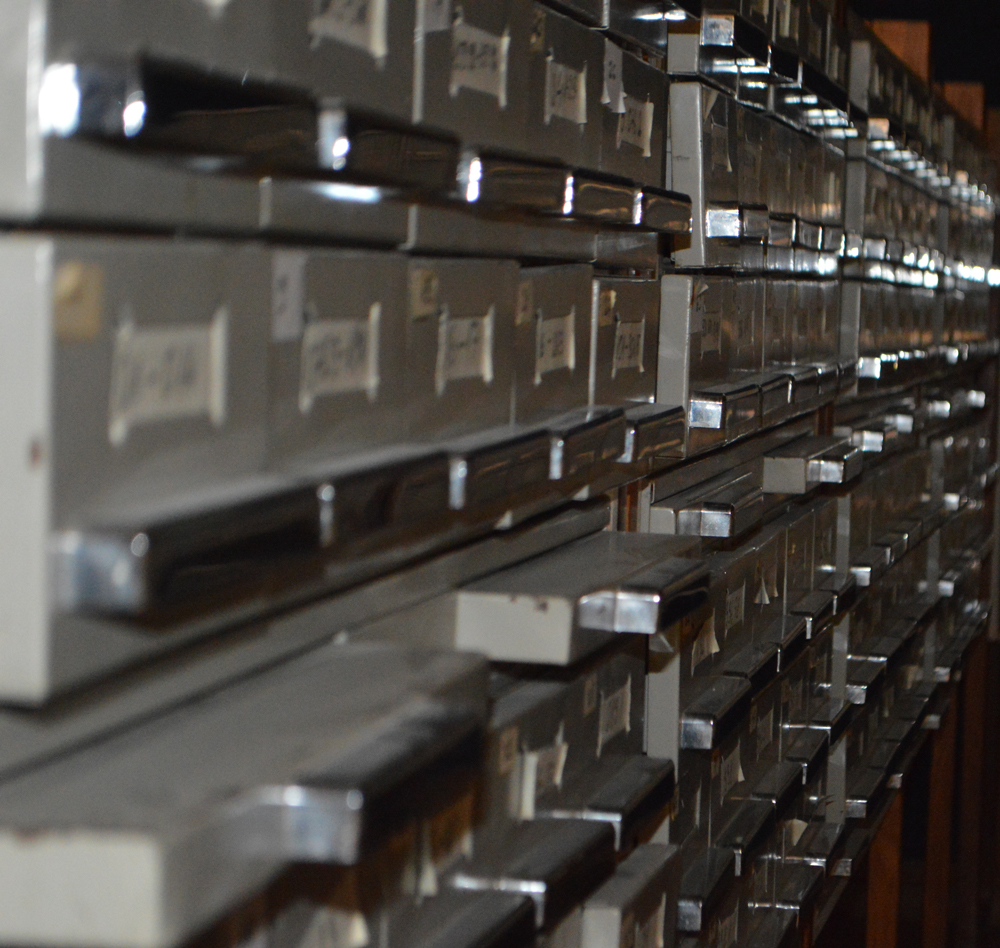
National Library of Kosovo
The National Library of Kosovo (1972-81) is located in Pristina. Its collection includes several important libraries dating back to the 14th Century.
It has also been the recipient of a 2016 Getty Foundation ‘Keeping it Modern’ grant. The foundation noted,
‘Few modern buildings connect the past and present as flawlessly and span multiple cultures as expressively as Kosovo’s National Library in Prishtina. Reflecting on the region’s diverse heritage and distinct cultural spirit, Croatian architect Andrija Mutnjakovic (b. 1929) sought to create an authentic national architectural expression when he designed the building in 1971. Constructed with in-situ cast concrete, marble floors, and white plastered walls, and topped with 99 translucent acrylic domes, the library is reminiscent of buildings from Byzantium and the Ottoman Empire. Despite its unified historic forms, the structure is unmistakably modern. Mutnjakovic used new materials to evoke ancient architectural tropes, most notably the exterior aluminium lattice-wrapping, which can be interpreted either as a fishnet or a veil pointing to the area’s two predominant religions. Although reception of the design was mixed when the library opened in 1982, the building is now regarded as an extraordinary example of late Yugoslav modernism and a beloved space in the community. While the building’s interiors suffered damage during the Kosovo War (1998–1999), its exterior escaped the conflict relatively unharmed. However, over the past several years, the building has begun to show signs of aging, most evidently though water ingress that required ad hoc repairs. Moving forward, a team of conservation specialists addressed the lack of knowledge about the building, studying and assessing its performance with the support of a Getty Foundation grant. They analysed every aspect of the building, including consulting with the architect on historic documents and his own personal knowledge of the design. Their research created a comprehensive record of the building’s past and current conditions, which resulted in the preparation for the nomination of the library as a national cultural site. This project will serve as a model for modern building documentation in the region and will be shared with the public through an exhibition and a documentary. The project also raised awareness for preserving 20th century architecture through a series of workshops for students and young professionals in the field. This Conservation Plan is only the first step and is intended to guide the future activities, investigations and prioritize interventions. It describes the condition of the Library, assesses the damages and their severity as well as surrounding features that contribute to its current state. It also includes a values assessment and a statement of significance. The above also formed the foundation for the nomination of the Library as a national landmark’.
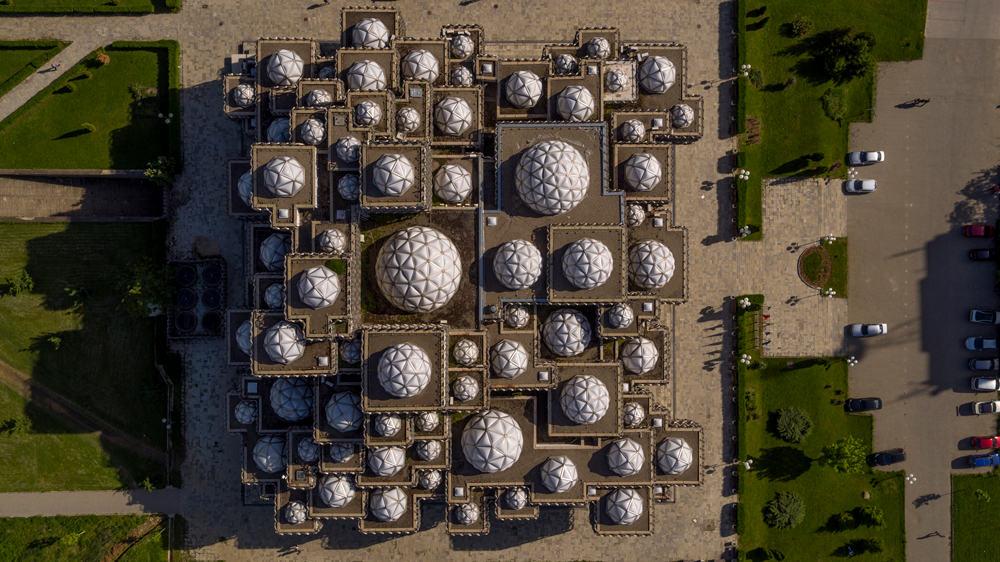
Aerial view: Image Arban LLapashtica CC BY SA 4.0
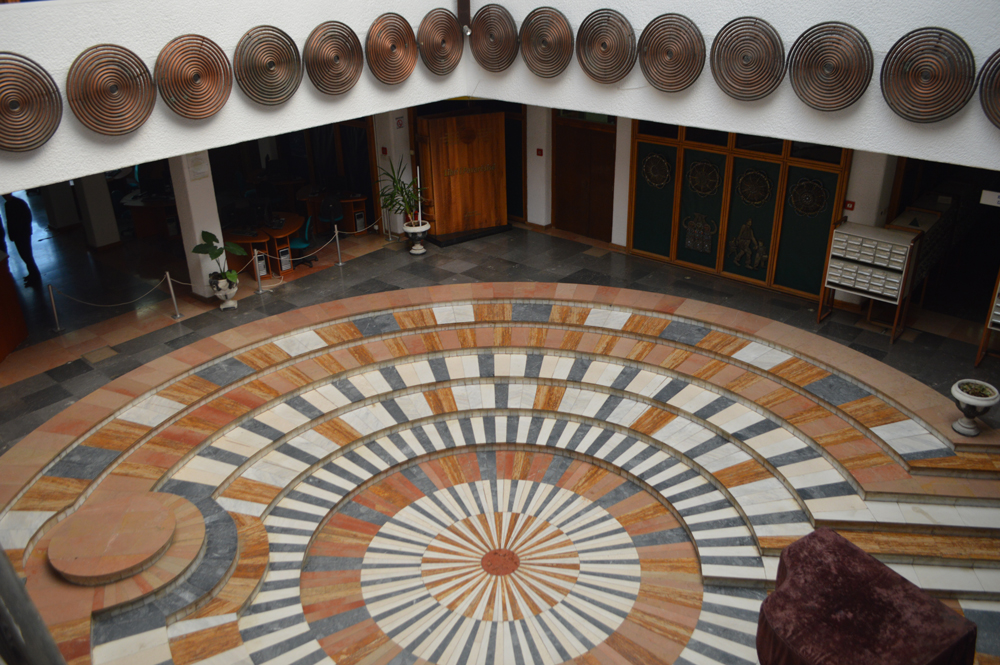
Image Rreze Donjete CC BY SA 3.0
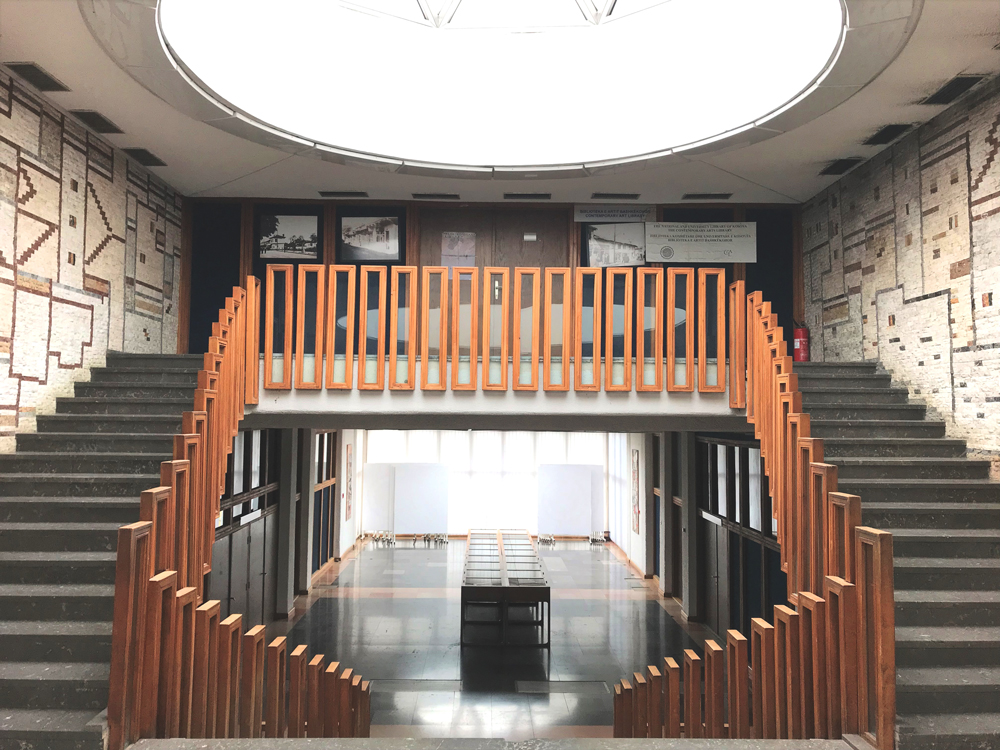
Interior staircase Image Ian Lo ©
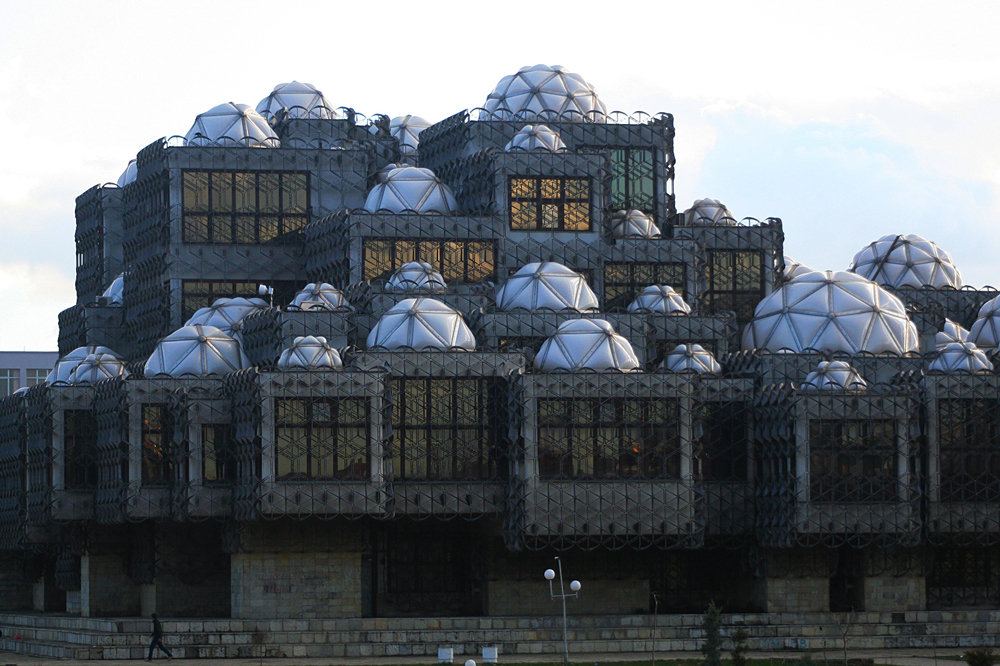
Image Suhejlo CC BY SA 3.0
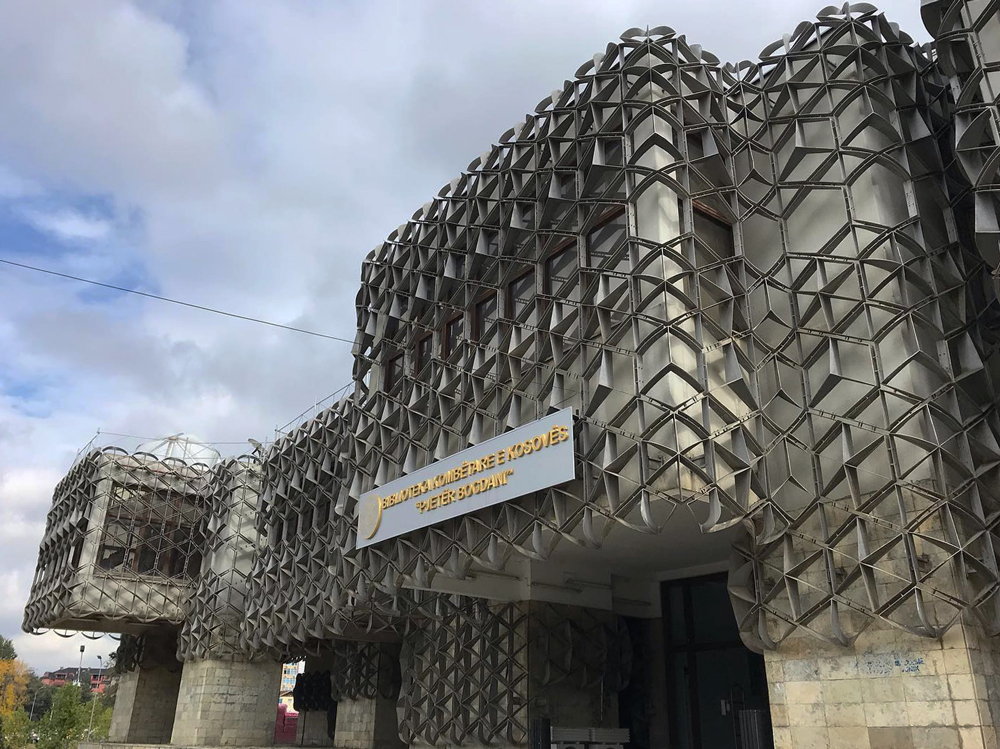
Image Ian Lo ©
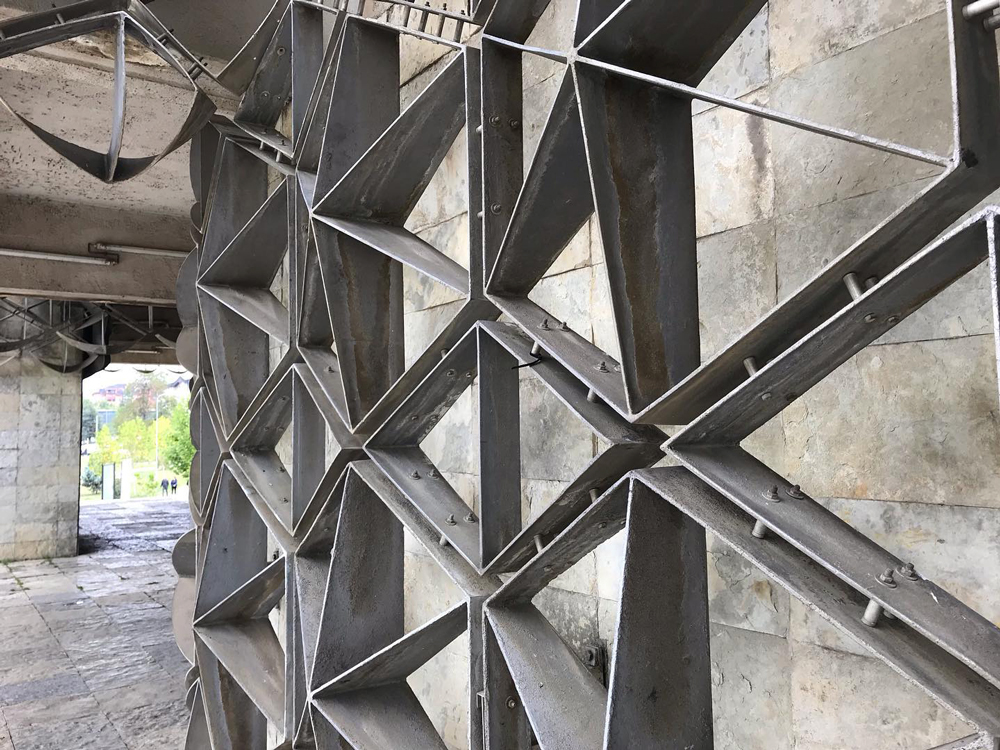
Image Ian Lo ©
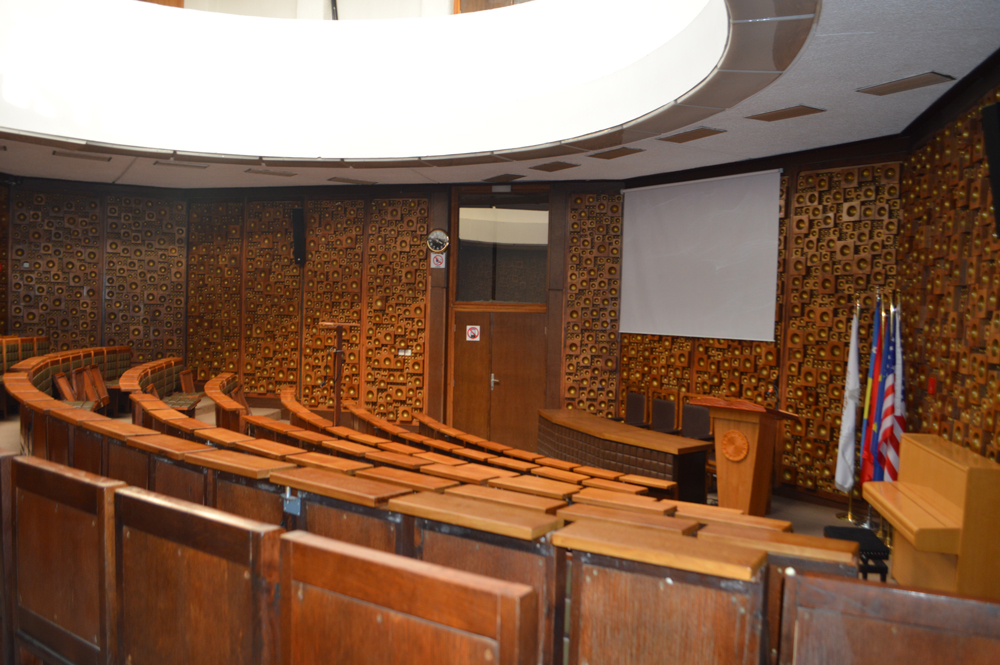
Amphitheatre, Image Rreze Donjete CC BY SA 3.0
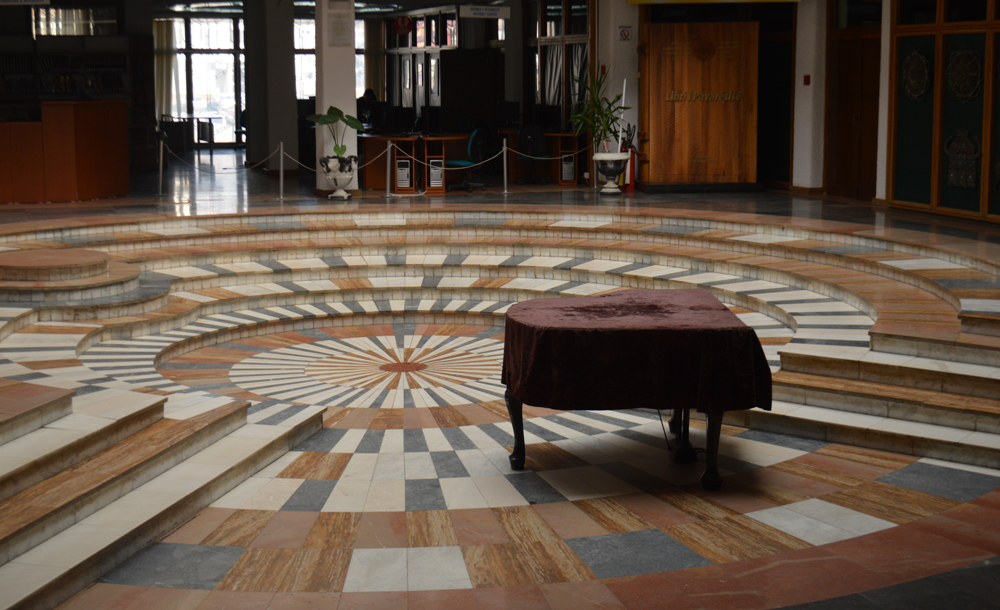
National Library of Kosovo image Rreze Donjete CC BY SA 3.0
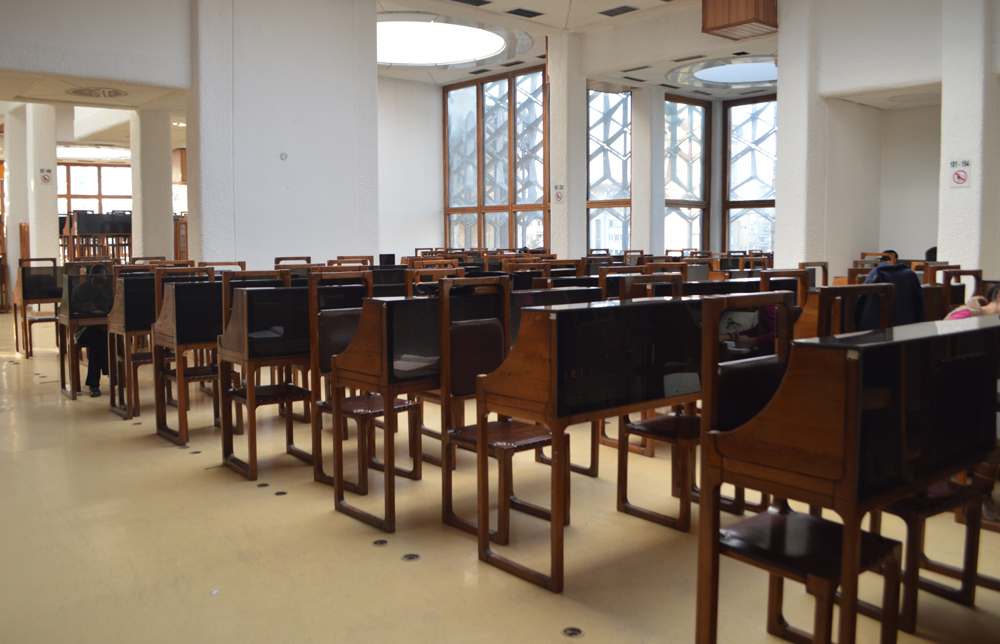
Reading Room Image Rreze Donjete CC BY SA 3.0
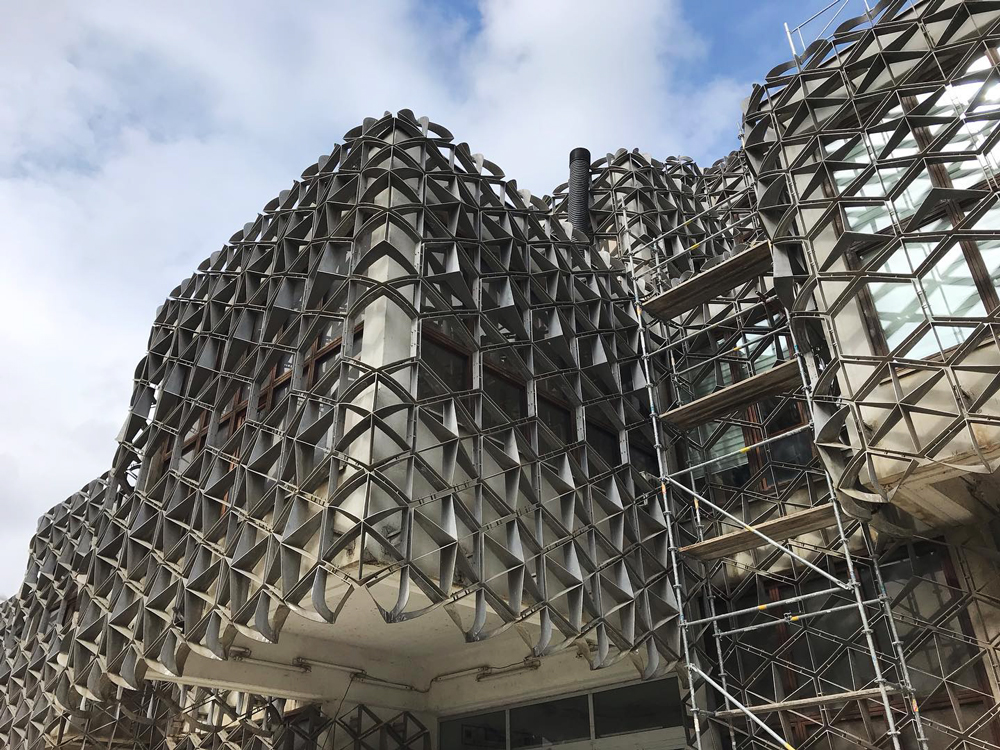
National Library of Kosovo Image Ian Lo
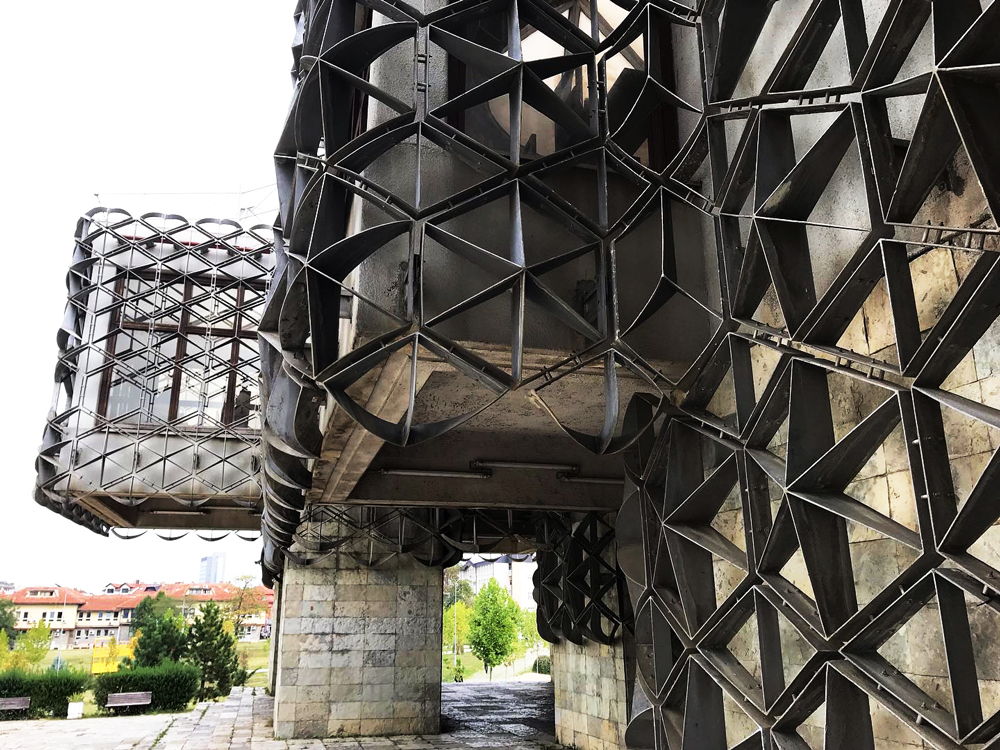
National Library of Kosovo Image Ian Lo
Image of cataloging files: Rreze Donjete CC BY SA 3.0





